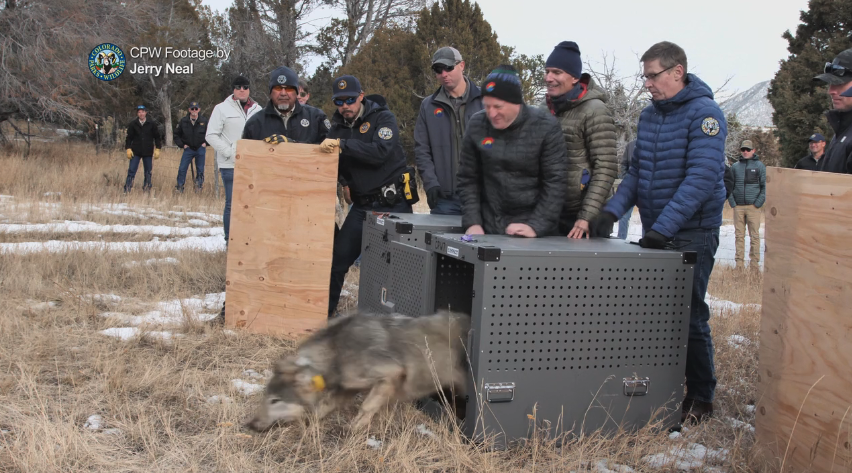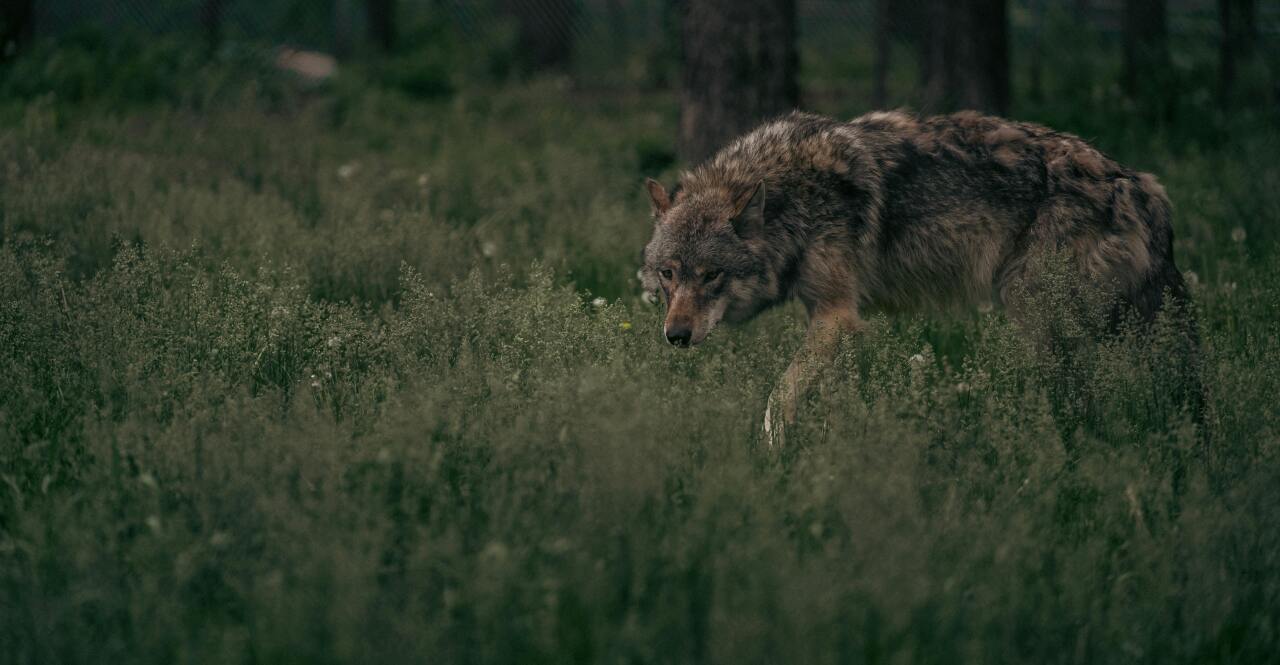Nine people who have applied to become a range rider in Colorado — a task that involves long days and nights understanding livestock and protecting them from predators, like wolves — have accepted offers from the state.
Officials announced last year that the Colorado Range Rider program would launch in early 2025 and would contract 12 qualified people to work in the northwest region of the state. One of their roles is to keep gray wolves, which were reintroduced in December 2023, away from the livestock.
Whether by horseback, foot or ATV, range riders can deploy non-lethal deterrents to haze the wolves, teaching them that it is uncomfortable to stay near the herds, Colorado Parks and Wildlife (CPW) said.

Since CPW first announced the range riding program, which it partnered with the Colorado Department of Agriculture (CDA) to launch, more than 100 people have applied, CPW said. Having nine people who fit the requirements and accepted the offer, the state is now working to find three more applicants. Once all positions are filled, those 12 individuals, along with CPW and CDA staff, will undergo specialized training.
The 12 range riders will work from late April to the end of September. Funding from sales of Colorado's wolf license plates will support those hires.
A range rider interest form is available online here.
On Thursday, CPW also shared a few other updates on the wolf program:
- Recent collar data showed that one wolf has traveled into the western part of Mesa County, and another wolf moved into Park, Teller and Fremont counties.
- A scat sample from northwest Moffat County tested positive for wolf DNA, meaning there is an uncollared wolf on the landscape. CPW told Denver7 there is no indication this is the wolf pup from the Copper Creek Pack that was not captured during the efforts to relocate that pack. If you see a wolf, report it here.
The Colorado Range Rider program stemmed from conversations and recommendations that CPW heard from the communities that have been impacted by the wolves in the year since they were reintroduced.

"The agency has incorporated this feedback into an expanded and improved conflict minimization program for Colorado livestock producers," CDA and CPW said in December.
Range riding is, however, considered a "high-effort tool," meaning it comes with significant cost and labor, said Adam Baca, CPW's wolf conflict program coordinator. He spoke with Denver7 in December as part of our story revisiting Colorado's first full year with reintroduced wolves.
"Range riding is more of a targeted approach for really, really high-conflict scenarios," he explained. "It's not the Band-Aid. It's not going to work everywhere. But it is an option to help reduce that risk and provide a little bit more security or opportunities for hazing wolves so we can kind of teach them that livestock are not a good place to be around."
CPW's Adam Baca further describes how range riders are used — and will be used — in Colorado in the video below.
Range riding is one of many tools that can dissuade the predators from viewing livestock as easy prey, though it is commonly the most effective. Other resources include fladry, fox lights, fencing, carcass removal management, and guard dogs, among others.
"CPW will continue to work with producers to ensure they have the appropriate non-lethal tools that work for their operation to reduce the potential of conflict where wolf activity is or could be," CPW said on Thursday.
That is where site assessments come in. During these assessments, an agency member goes to a producer's property and analyzes the land to see what tools and resources would be best for that specific spot and for that specific producer. To apply for an assessment, contact your Area CPW Office.

Denver7 360 | In-Depth News
Struggles and triumphs amid Colorado's first wolf reintroduction — 1 year later
As mandated by voters in 2020, CPW released 10 gray wolves in Grand County and Summit County in December 2023. Of those 10, seven have survived, which is typical for wild wolf mortality rates.
In January 2025, CPW captured 15 gray wolves in Canada and released them in Eagle and Pitkin counties as the state continued to move forward with this effort, bringing the total number of known wolves in the state to 29, plus the one uncollared wolf CPW announced on Thursday. These 15 new wolves — seven males and eight females — will join the seven from the first reintroduction in 2023, five pups born in 2024 and two wolves that moved south from Wyoming years ago.
Want to learn more about Colorado's wolf reintroduction? You can explore the timeline below, which outlines all of Denver7's coverage since the very beginning. The timeline starts with our most recent story.







